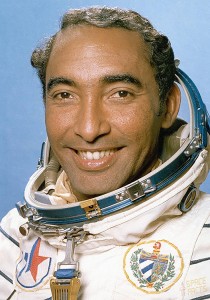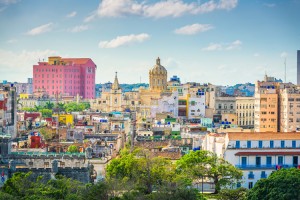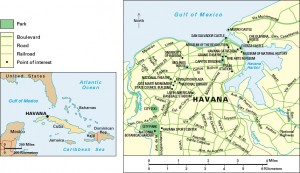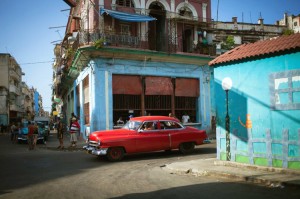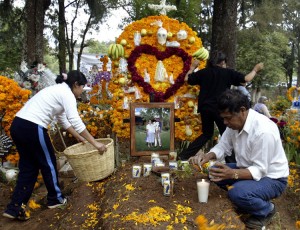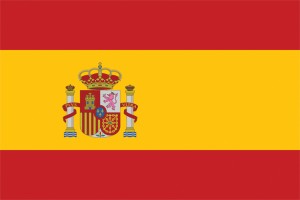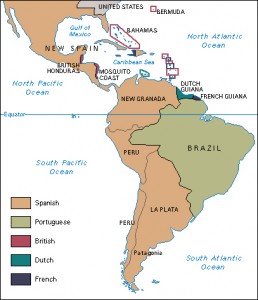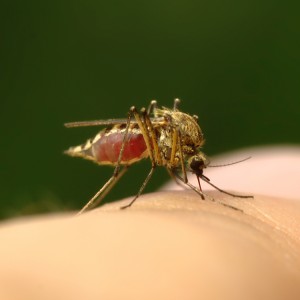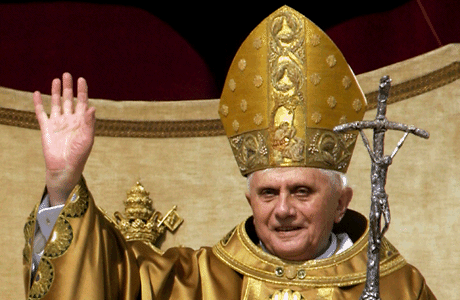Hispanic Heritage Month: Cosmonaut Arnaldo Tamayo Méndez
Wednesday, October 4th, 2023People in the United States observe National Hispanic Heritage Month each year from September 15 to October 15. During this period, Latin American countries celebrate their independence. These countries include Cuba, Costa Rica, El Salvador, Guatemala, Honduras, Mexico, and Nicaragua.
Arnaldo Tamayo Méndez is a Cuban cosmonaut and politician. In Russia and the other former republics of the Soviet Union, astronauts are called cosmonauts. In 1980, Tamayo became the first Black person in space, when he spent a week docked at the Soviet Salyut 6 space station. That same year, he became a member of Cuba’s National Assembly.
Tamayo was born on Jan. 29, 1942, in Guantánamo. After being orphaned as a baby, he was raised by his maternal aunt and uncle. As a child, Tamayo worked many odd jobs, for example shining shoes, selling vegetables, and working as an apprentice carpenter.
After the Cuban dictator Fulgencio Batista fled the country in 1959, Tamayo joined the country’s Revolutionary Army (see Cuba (The Castro revolution). In 1961, he completed studies at the Technical Institute to be an aviation technician. He was then selected to continue studying in the Soviet Union. Tamayo learned how to pilot fighter jets at the Yeisk Higher Military Aviation School in Russia, on the Sea of Azov. He returned to Cuba in 1962 to become a flight instructor for the Cuban Revolutionary Guard. During the Cuban Missile Crisis of 1962, he participated in reconnaissance missions. He also served in the Vietnam War (1957-1975). By 1976, Tamayo had reached the rank of lieutenant colonel in the Cuban air force.
The Soviet Union selected Tamayo to participate in its Intercosmos program in 1978. The program was established to send non-Soviets into space on Soviet spacecraft. Tamayo spent two and a half years training at the Yuri Gargarin Soviet Space Center. On Sept. 18, 1980, Tamayo and the Soviet cosmonaut Yuri Romanenko blasted off on the Soyuz 38 mission. Tamayo became the first person from the Caribbean, the first Cuban, the first Latin American, and the first Black person in space. On the space station Salyut 6, the crew of Soyuz 38 joined other cosmonauts and carried out various experiments designed by Cuban scientists. The mission lasted a little over a week.
Tamayo and Romanenko were both awarded honors after landing. Tamayo became the first person ever awarded the Hero of the Republic of Cuba medal. Additionally, he received medals for Hero of the Soviet Union and the Order of Lenin. Tamayo continued his military service, eventually attaining the rank of brigadier general and serving as director of Cuba’s civil defense. His space suit is displayed in the Museum of The Revolution in Havana.

